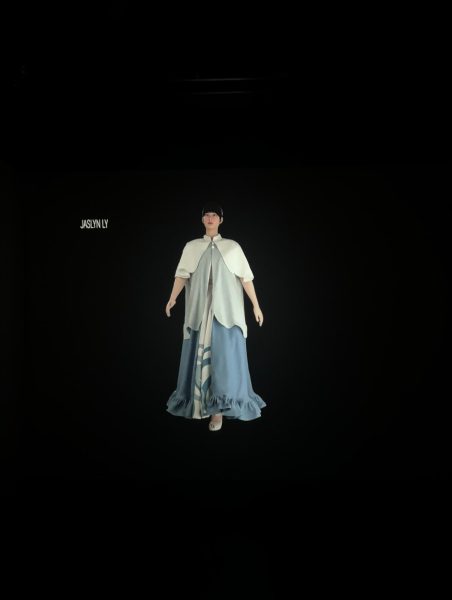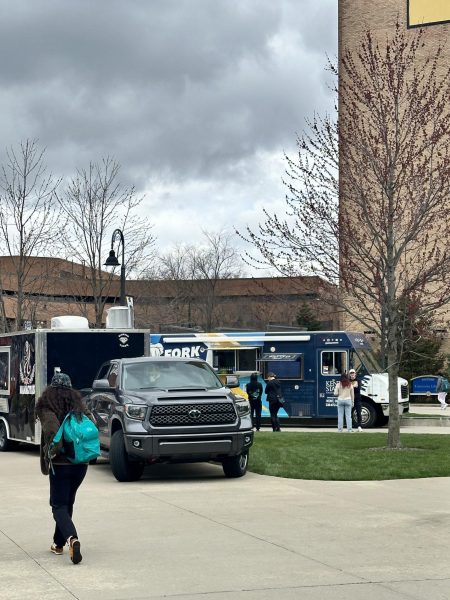Downtown Kent considered in zoning code review
November 12, 2008
With the review of Kent’s current zoning code underway, redevelopment in the downtown district is one of the focus areas that will potentially be affected by zoning changes.
It’s been about 20 years since the code has been reviewed, and the process will take about two years to complete, said Gary Locke, director of community development. He added that about 10 years ago a specific downtown zoning district, called C-D for commercial-downtown, was created in order to address the particular issues of that area.
“Downtowns are a different kind of beast,” Locke said. “They are a different animal altogether in that downtowns typically have the highest land value within the community.”
This issue of land value links to a concern Ward 5 Councilwoman Heidi Shaffer said she has for downtown Kent. Shaffer said scale is important to her and whether a particular development is appropriate for which area it
could be in.
Nothing in the current zoning code prevents a “big-box” large-scale store such as a Walmart or a corporate drug store from developing in the downtown district, Locke said. But it is the high land value and the need for sufficient parking space that Locke said leads him to believe there is no real threat of large stores like that moving downtown.
Yet the idea of chain or corporate stores developing downtown is a very subjective topic, much like most other issues the zoning code will face, Locke said.
Elizabeth Corbin Murphy, of Chambers, Murphy & Burge, the architectural restoration firm from Akron contracted to help create design guidelines for downtown, spoke to a public audience of about 20 people this week regarding the goals for these guidelines.
She explained that during two meetings with stakeholders such as building and business owners from downtown and Kent city officials, several design objectives were discussed.
One of those objectives was for downtown to remain cohesive in visual identity. Cohesiveness, Locke said, is one of the subjective words and an opinionated topic that can have different meanings for each individual.
“It would be wrong for us to imply that everything has to match,” Murphy said of the potential downtown design guidelines. “Not all buildings are the same, but it should feel like they belong together.”
Zoning plays a role in design in various ways, such as through signage codes and the correct way to receive a certificate of appropriateness.
This certificate, Murphy said, is necessary for a property owner to be able to make desired changes to the appearance of a building in the downtown district. She suggested incorporating the procedure for obtaining this certificate by an architectural review board into the zoning code. The review board could then refer to the design guidelines when deciding on approval of a project.
“The idea is to make it a smooth process,” Murphy said.
Shaffer said she isn’t looking to restrict property or business owners in downtown, but to create an identity and a flavor of the city that makes Kent memorable.
“Kent is a unique community, and we need to retain that uniqueness,” she said. “We have an authentic downtown. Many other communities can’t say that.”
There is potential to make living in Kent something special, Shaffer said, adding that at the center of this potential is a “quality to life issue.” Quality of life is a theme spoken about by both Shaffer and Locke in the discussion of the new hike and bike trails throughout the city, one of which goes directly to downtown.
Overall, Shaffer said she wants to focus on what Kent already has to offer and enhance those elements. And while focusing on collectiveness, she said she hopes to bring a more pedestrian-friendly atmosphere to downtown Kent.
Review of the zoning code and creation of the design guidelines for the downtown district are both in the early stages, but Murphy said her firm hopes to complete the design guidelines by the end of the year.
Contact public affairs reporter Alyssa Sparacino at [email protected].
























